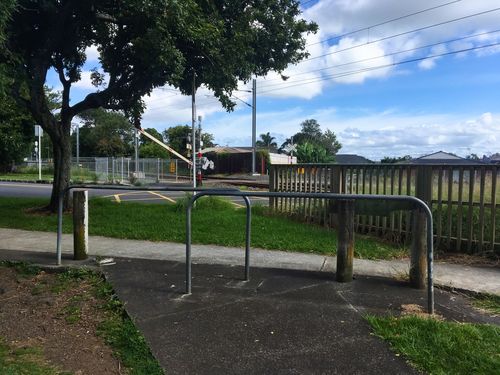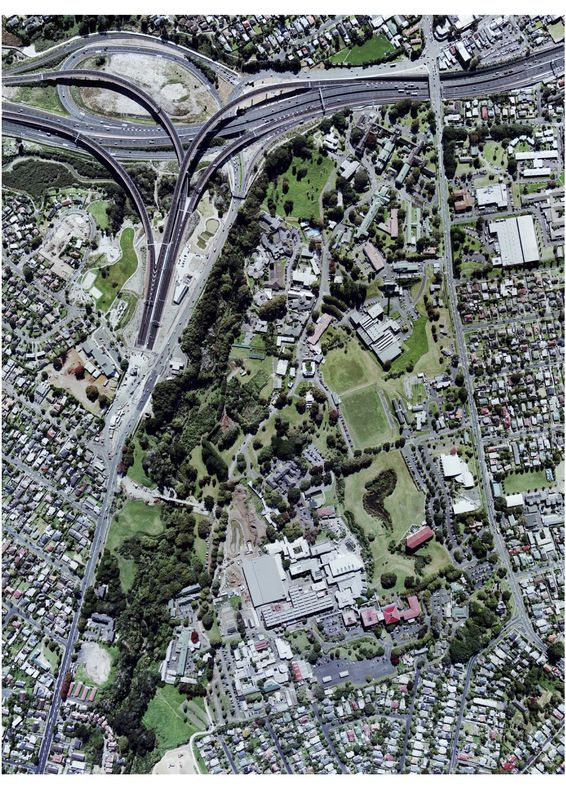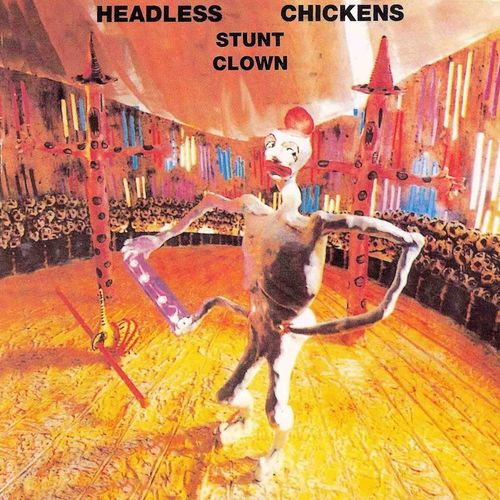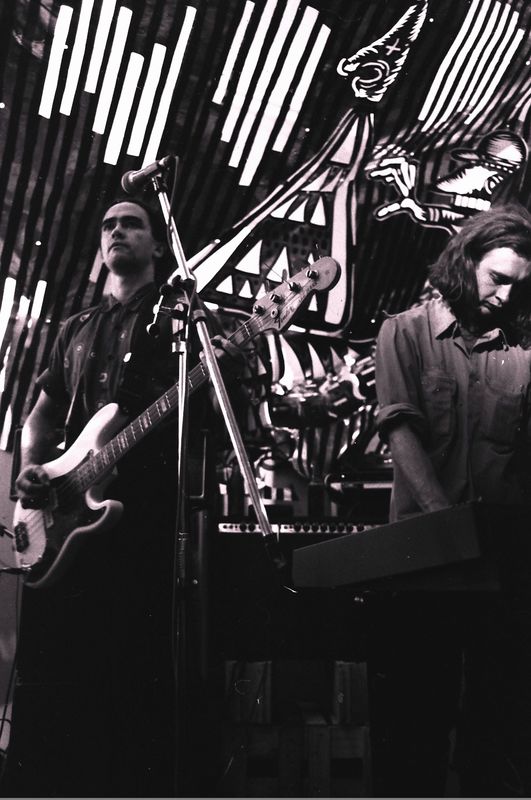I couldn't ride my e-bike for a few days last week, having strained my back by, ironically, dismounting said bike and missing a step. In truth, my back had been ready to go for a week or two and I felt bad filling out the ACC claim form – it looked like a cycle accident when I wrote it down, but is it a cycle accident when it happens at home in your porch?
So I had to drive to several appointments where I'd otherwise have ridden, and it seemed tedious, stressful and (parking!) expensive. But after some rest and treatment, I was good to go on Sunday, when I had some errands to run. It didn't start well.
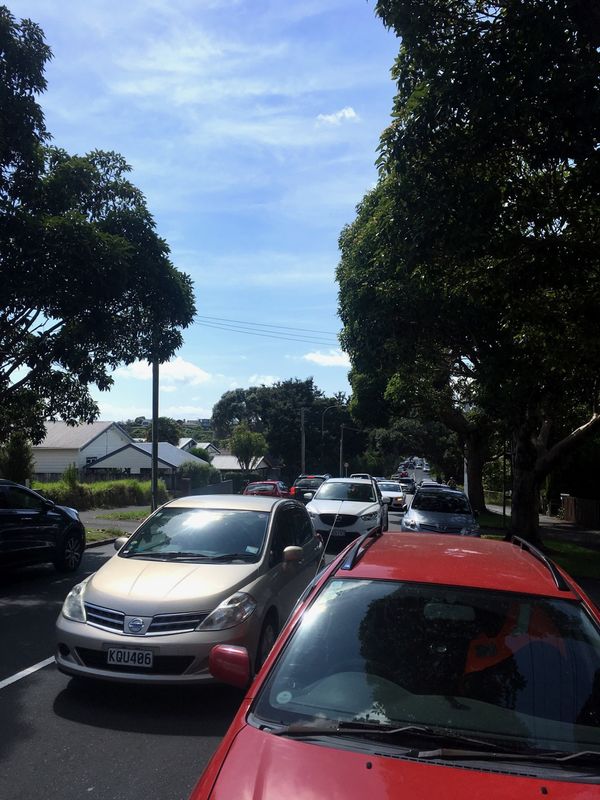
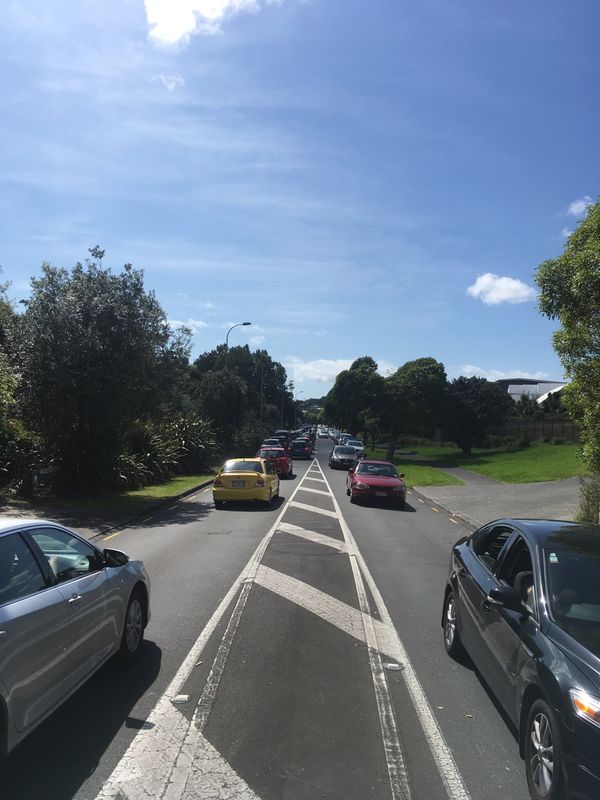
The presence of a national Under-17 football tournament had turned Meola Road, an important local link for Point Chevalier and beyond, into a proper shitshow since Friday. With both sides of the roads parked up with the large SUVs that seem to go hand-in-hand with youth football, cars struggled to even pass each other and on occasions where two buses found themselves on the road at the same time, things really ground to a halt.
I'm a confident cyclist and on the e-bike it was practical to just take the lane, but this mess happens to some degree every weekend. To an extent, it's actually better if traffic has slowed to a crawl – when there's speeding traffic behind you (the speed limit has always seemed optional on Meola), ducking out around parked cars is not for the faint-hearted. It is not something you would countenance a child having to do.
Meola, is, of course, the next leg in the safe cycle route when Garnet Road is sorted out and it's pretty much a given that there will be a similar bikelash, probably from the same people. Their campaigning already seems likely to delay the whole Point Chevalier section by up to two years.
But the fact is, the city needs to get parking off Meola Road, and the promised bike lanes will do that. I'm realistic: I get that many people will need to drive the kiddies to Saturday morning football, but please let's find somewhere else for the SUVs. (Happily, it seems there are talks about employing otherwise unused land owned by Motat for that very purpose, but that's a separate process.)
Things could hardly have been more different after I rode down through Cox's Bay Park and up the hill to the Peel Street roundabout in West Lynn. The roundabout is part of the controversial new road design in the area, and after a little bedding in, it's working well. It could hardly have been worse than the old intersection.
But the real treat was being able to ride up here.

This is the new bike lane up the hill to West Lynn shops. Its completion was briefly delayed when Occupy Garnet Road leaders Lisa Prager and Penny Bright occupied a digger, with a 'Save the Trees' sign. This was odd, given that no trees were being removed. At all. Indeed, the new lane diverts around a couple of trees before heading up the hill along the top of the steep grass berms. (I'm told the Occupiers' new objection to the path is that it is bad for the environment because it's made of asphalt.)
It's not quite there yet: Auckland Transport needs to better signal that the ramp that leads back to the road is not in fact yet more car parking.
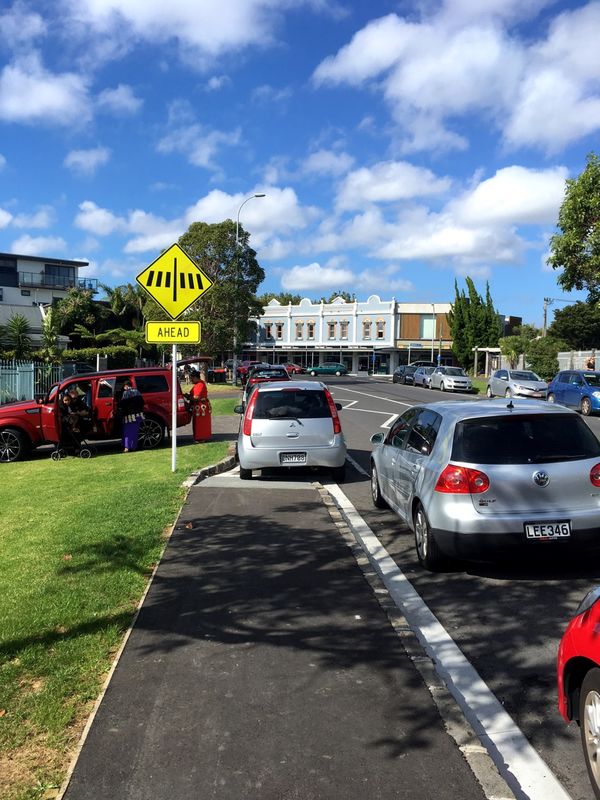
From there, you're into the West Lynn shops, the site of an iconic bikelash battle. And you know what? It's looking good. AT still hasn't announced final details of what it's going to do to remediate the hamfisted streetscaping inflicted during the original project (that steeply sloping footpath on the east side is an embarassment), but the bike lanes themselves are pretty sweet.

In truth, there was never as much wrong with them as their opponents noisily insisted, but now that the asphalt has cured and the green surface has gone on, they look and feel like bike lanes.
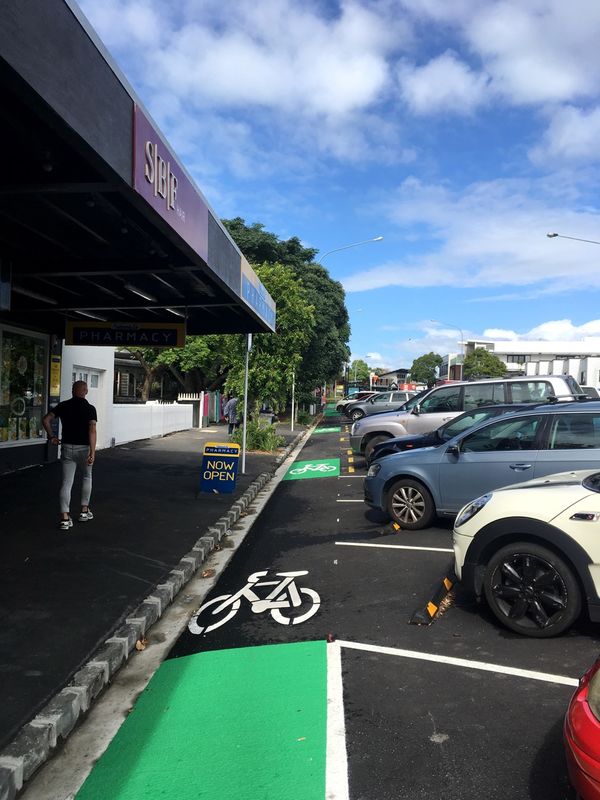
It's surprising how much difference that makes. The bumpers are stopping people parking all over the southbound side – except where, like this vehicle, they're parking illegally.
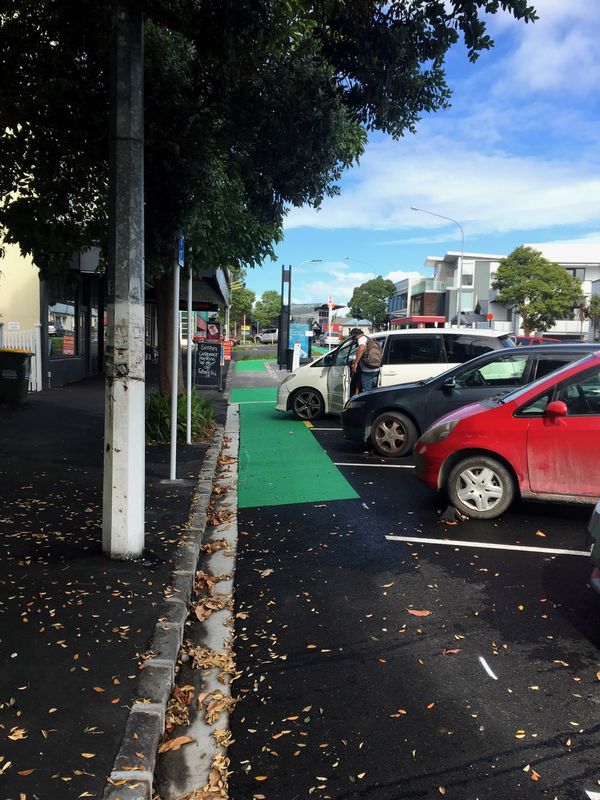
The lane is messed up a bit on Sundays by the farmers' market at the community centre, but by the same token, there were plenty of bikes parked up there.
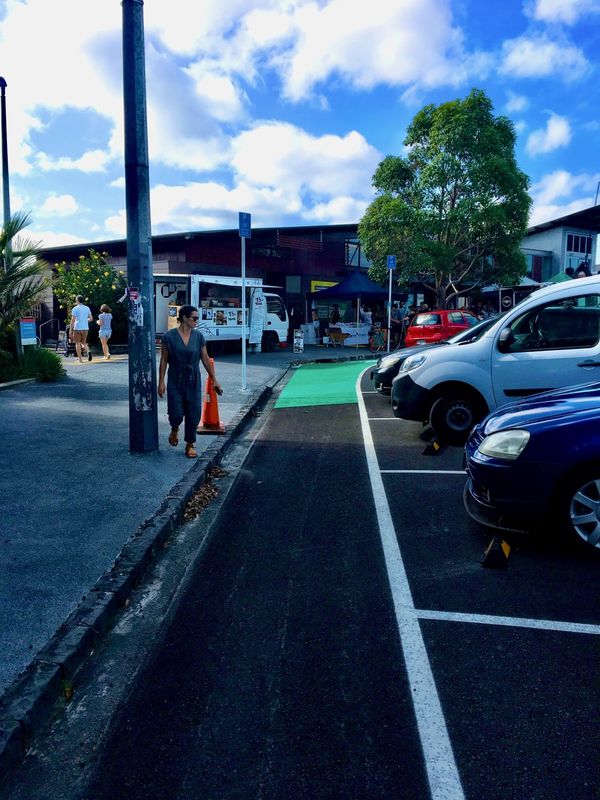
The very next stretch of the lane kind of threw me. There's not actually a lane, just a very narrow, painted "door zone". Well, actually, there is meant to be a bike lane, a kerbside one, but cars are parking on it. The design had them parking to the right of the door zone, but it is sitting there uncompleted because the Occupiers have spooked AT into leaving it unfinished. It's ridiculous, to put it mildly.
UPDATE: I'm told that AT is now saying it's going to paint out the bike lane, permanently restore parking to the left of the line and break its own design. Cyclists can just suck it up, apparently. I cannot emphasise how fucking stupid, outrageous and cowardly this is.
UPDATE 2: Auckland Transport has responded thus: "There is no commitment to remove greening at this stage. The proposed cycling facility between the West Lynn Village and Surrey Crescent is under review, and we are not pre-determining the outcome until the analysis is completed." This isn't what I was told by someone involved, but I'm happy (and relieved) to accept it. I hope and trust Auckland Transport will show some courage and do the right thing here. Meanwhile, a clearly marked bike lane will go unenforced for as long as a year.
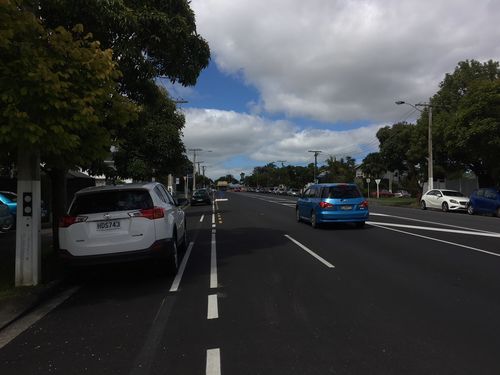
Heading in the other direction, it looks like this. Yes, we'd all like separated lanes, but it's adequate.
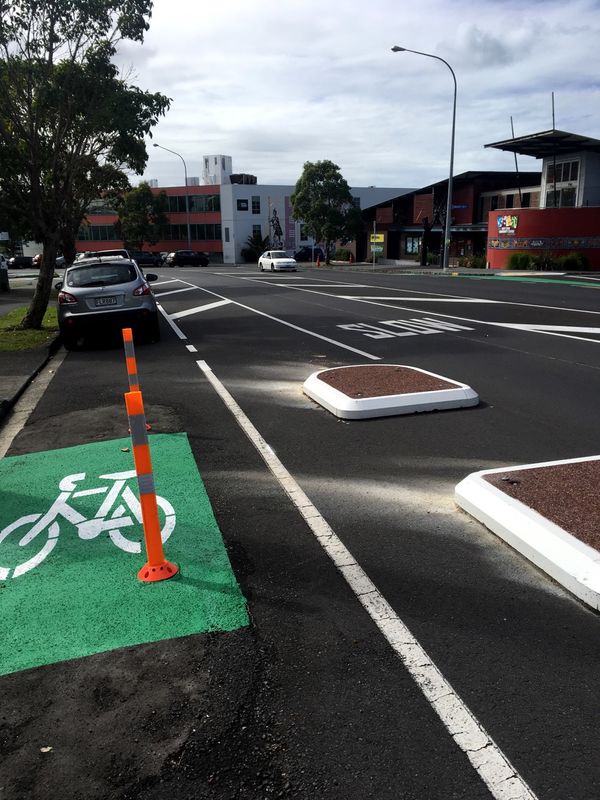
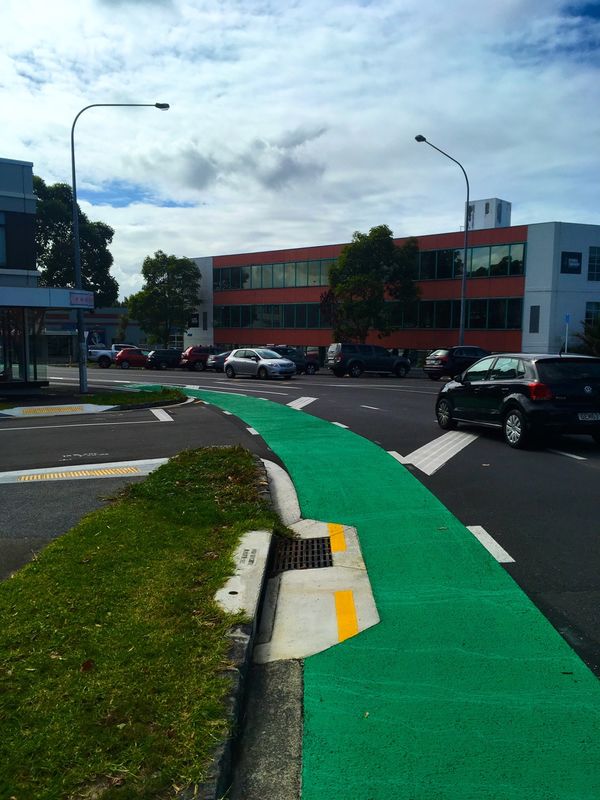
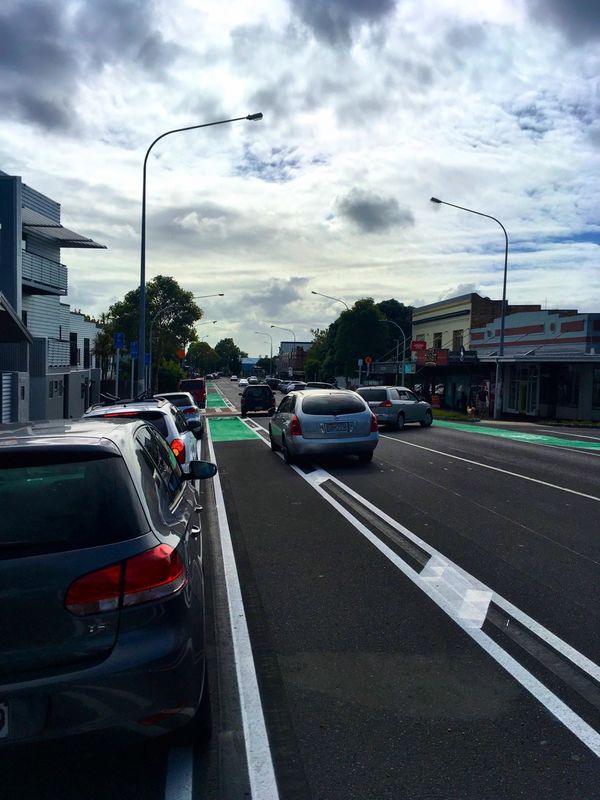
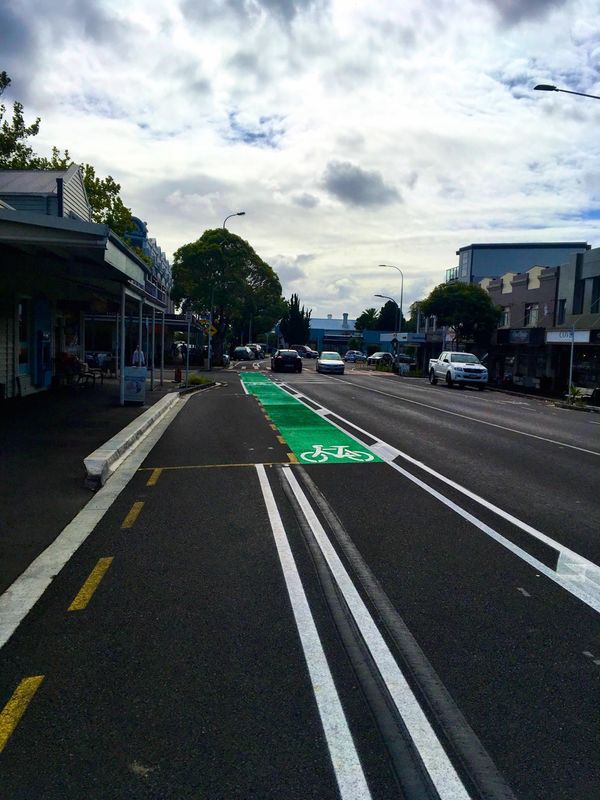
Adequate, that is, until you pass the West Lynn shops and everything just disappears. Again, this seems to be because of the halt forced by the protesters. It seems likely to stay that way, dangerous and dysfunctional, for another year. And in a way that suits the Occupiers quite nicely – the longer they can ensure the the project stays uncompleted, the longer people are deterred from using it.
But the lesson from the parts of West Lynn that have been able to be completed is: build it and they will come. On Saturday, Patrick Reynolds took an extrordinary series of photographs as he enjoyed a St Patrick's Day beer at Freida Margolis.
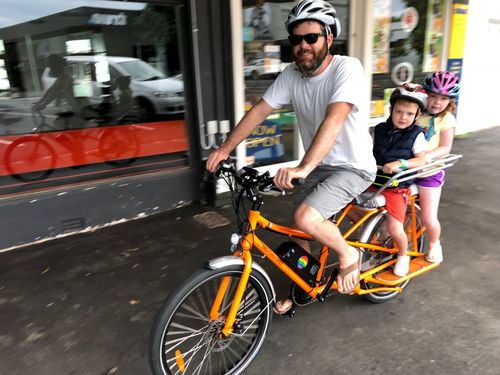
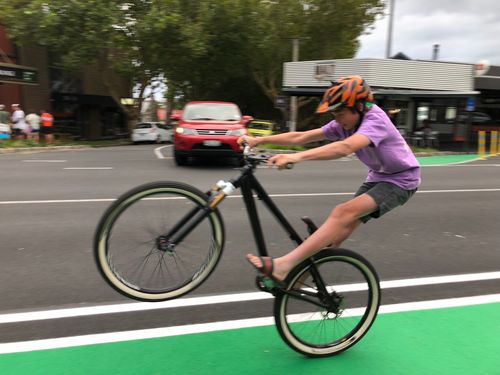
They included this startling lineup of Onzo bikes, which didn't get there on their own – they were "scavenged from backyards" by some bikers on something called the Tour de Ponsonby and ridden en masse. Yes, perhaps somewhere better than the footpath is required for storage, but getting these things back in circulation is a worthwhile thing to do.

Again there's a lesson here about bike-friendly makeovers and bikelash – especially a bikelash driven by people as mendacious and incoherent as the Occupy Garnet crew. The idea that whatever is being done is a "disaster" becomes the received wisdom. Until people start using it and it's not.
As one resident put it to me:
I've noticed the change in the vibe on the street, too. Many more kids and families out. Driver behaviour seems to be changing. Far more care being taken at intersections, turning corners etc. Far less stressful to be a pedestrian or a person riding a bicycle than it used to be.
And that, really, was the entire idea of the reshaping of that stretch of road (a project which didn't even begin with the bike lanes). A village looks and feels a lot more like a village when it doesn't have traffic speeding through the middle of it.
There will still be some unhappy people. The owners of Nature Baby, the high-end baby shop, have acknowledged that it's not really the bike lanes they're exercised about (and it can't really be the parking – they have more parking out back than any other shop in the area), but the fact that there is now a bus stop outside their shop. Their customers aren't really the sort of folk who take buses.
But, you know, things change. People who think the convenience angle-parking is going to be restored outside Harvest Wholefoods are dreaming. It's just not going to happen. Cities aren't and shouldn't be designed around convenience car parking. And, true fact, there is now more general parking in the area than there was before.
Another problem with bikelash driven by the likes of Occupy is that it tends to obscure real problems: every complaint about everything comes at the same screeching volume and the only acceptable solution is to reverse all change and put it all back how it was. Again, not going to happen.
So we got Lisa Prager getting herself arrested last week for haplessly swinging a log-splitter at a bump built as part of the reshaping of the road at the intersection of Surrey Crescent and Richmond Road. There's a reasonable case that the half-completed feature doesn't work. But – and Prager presumably knew this – a new design, agreed with the community liaison group that Prager demanded, is to be presented. And whatever that design is, the bump will be removed. Her action seems to have been purely an attention-seeking stunt.
Prager and her friends' wild statements – including the frequently-made claim that bike lanes are part of Agenda 21, a UN-driven conspiracy to steal private wealth and erase national sovereignty – have understandably led many observers to think they are simply deranged. I know several residents near the traffic island they have "occupied" (that is, littered with their pup tents and signs while they're away elsewhere) who are quite sick of it all, and who quietly cheer every time someone comes and trashes it.
But the noise has, unfortunately, been enough to spook Auckland Transport into halting all new cycleway development in Auckland for an unspecified time. There was another meeting of one of the community liaison groups yesterday, hijacked, like all the others, by Prager. Someone who was there described the atmosphere as toxic: "Like riding behind a bus for two hours."
There are certainly lessons AT should learn out of this fuss, but it also also needs to show some spine. There must surely come a time, hopefully soon, when the city must just move into the future.
–––
It is also true that some media commentary hasn't hasn't helped. While the Herald's duelling correspondents, Bernard Orsman and Simon Wilson, were duking it out over bike and bus infrastrcture, the paper published an editorial, headed Cycle lanes can do the job without being gold-plated, that tried to be helpful but wound up simply confused. It began:
The Tamaki Drive cycleway has just turned 42. The milestone is significant because it is a reminder that cycling has been part of Auckland's urban landscape for decades, yet its acceptance as part of the transport mix still faces bumps and impediments.
Hundreds of cyclists turned up when the harbourside cycleway opened on a sunny Saturday in March 1976. The budget for the route from the city to St Heliers was $1000, which included white paint for a separation strip.
But that's basically all the Tamaki Drive cycleway is – a thin strip of white paint on a footpath. It's fine for wobbling along on on a Sunday afternoon with the kids, but it's not really transport infrastructure. If it was, then Jane Bishop wouldn't have died under the wheels of a truck as she tried to ride home.
The other lesson from these projects is the tendency for planners to embrace gold-plated schemes. Two years ago, the K Rd budget was $11.7 million. The latest figure is $17 million.
Cycle lanes do not always need to be high-end projects. The 3m dedicated lane on Nelson St has 400mm concrete slabs along its road edge, sufficient to keep cyclists safe from heavily-laden trucks. The route was installed quickly and gets plenty of use on week days.
Yup, Nelson Street was low-hanging fruit – an available lane on an arterial road that was well under capacity. The inevitable whining from Mike Hosking, Brian Edwards and Michelle Boag has long since faded as people use it daily, for real journeys.
Yet it was useful because it's downstream from a much more expensive project – the $18 million "pink path". But the real point here is that the budget for the K Road upgrade isn't the budget for bike lanes – it's a complete remodelling of the street, adding amenity all along the ridge. The real cost is in the moving of the kerbs and services, not putting in the lanes themselves. That's also where the real disuption will be – retailers will see works for as long as 18 months, some of that time with their footpaths dug up. AT and the local board really need to work on minimising the impact of construction time on those businesses.
The same is simply not true of West Lynn and Westmere. They were not "gold-plated", but the opposite. The gold-plated solution on Garnet and Old Mill Roads in Westmere would have been to move back the kerbs and take a metre and a half of the vast berms. But the moment you do that, you're into serious money. So we got a series of awkward compromises to stay within budget while keeping the unnecessary flush median strip some residents said they had to have.
Same at West Lynn. A generous budget would doubtless have seen AT actually hire an urban design team and save itself a whole lot of grief. The actual lesson here isn't that gold-plated schemes are trouble, but that very cheap ones might be.
The Herald editorial reminded me of the one in The Listener recently, which trotted out a whole of received wisdom and unsupported assumptions that undermined Rebecca Macfie's long, carefully-researched cover feature on bumps in the road to greater cycling uptake that appeared in the same issue. (It's really worth reading.) If you want to help, it's best to know what you're talking about.
–––
But, you know, this is a process, and it'll get better. And it's not just the big projects. Later on Sunday's ride, I came through Mt Albert War Memorial Park to be greeted by the bars of doom. Presumably it was originally intended to stop motorcycles using the path. In the process it stopped everything: bikes, wheelchairs, pushchairs and even pedestrians. The well-worn desire lines on either side of the bars very clearly indicate that almost no one actually ventures to navigate the bars. The picture doesn't do justice to what a bizarre squeeze that is.
So put that on the list, AT and Auckland Council. The path to a more accessible city includes tiny steps as well as big ones. But we can't allow ourselves to be paralysed.
